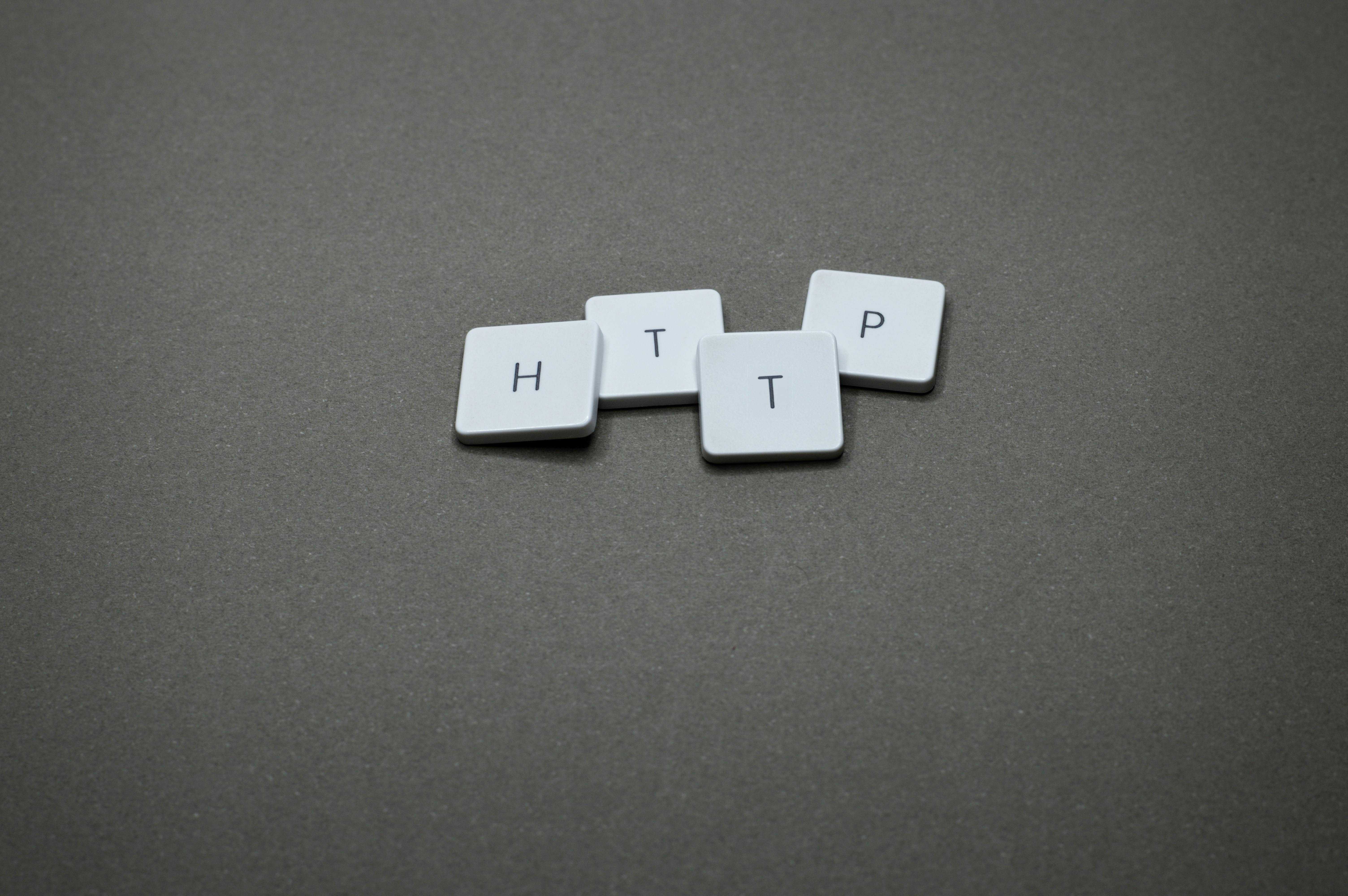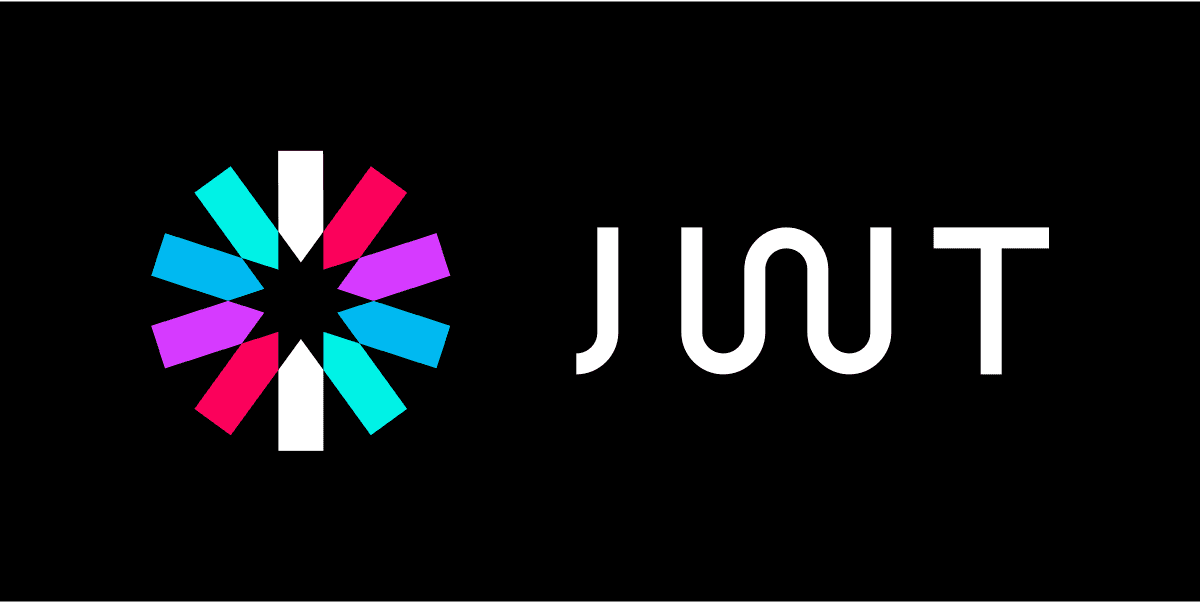
Essential Security Headers for Web Applications

When developing a web application, ensuring secure communication is critical. HTTP headers play a significant role in protecting data and mitigating security risks. In this article, we will explore some of the essential security headers that you should know.
If you are developing an API and you want to test the security of your HTTP headers, but not only, you can use the VulnAPI tool. It is a free tool that allows you to test the security of your API, including the security of your HTTP headers.
What Are Security Headers?
Security headers are HTTP response headers that provide instructions to the browser on how to handle the web page. They help protect your web application from various attacks, such as cross-site scripting (XSS), clickjacking, and content sniffing. By setting security headers, you can control how the browser interacts with your web page and mitigate security risks.
Essential Security Headers
Content Security Policy (CSP)
The Content Security Policy (CSP) header helps prevent cross-site scripting (XSS) and data injection attacks by restricting the sources from which resources can be loaded on a web page. With CSP, you can define a whitelist of trusted sources for scripts, stylesheets, images, fonts, and other resources. This header helps protect your web application from malicious scripts injected by attackers.
Example of a CSP header:
Content-Security-Policy: default-src 'self'; script-src 'self' https://example.com;
Prevent Clickjacking with X-Frame-Options
The X-Frame-Options header helps prevent clickjacking attacks by restricting how your web page can be embedded in an iframe. By setting this header, you can control whether your web page can be displayed in a frame on another site. This helps protect your web application from clickjacking attacks that trick users into performing unintended actions.
HTTP Strict Transport Security (HSTS)
Your web application should use HTTPS to ensure secure communication between the client and the server. The HTTP Strict Transport Security (HSTS) header instructs the browser to only communicate with the server over HTTPS, even if the user enters an HTTP URL. This helps to mitigate man-in-the-middle attacks and ensures that all communication is encrypted.
Cross-Origin Resource Sharing (CORS)
Maybe the most known security header, Cross-Origin Resource Sharing (CORS) allows you to control which resources on your server can be accessed by other domains. By setting the CORS header, you can define the origins that are allowed to make cross-origin requests to your server. This helps prevent cross-origin attacks and protects sensitive data from being accessed by unauthorized domains.
Cache-Control for sensitive data
The Cache-Control header allows you to control how the browser caches resources on your web page. By setting the Cache-Control header, you can specify whether the browser or intermediate proxies should cache resources, how long they should be cached, and whether they can be stored in shared caches.
If you are serving sensitive data, such as user information or authentication tokens, you should set the Cache-Control header to prevent caching and ensure that sensitive data is not stored on the client side or in shared caches.
Example of a Cache-Control header:
Cache-Control: no-store, no-cache, must-revalidate, max-age=0
Let's talk about Cookies
Cookies are used for a variety of purposes, such as session management, user authentication, and tracking user behavior. However, cookies can also pose security risks if not handled properly letting attackers perform session hijacking, cross-site scripting, and other attacks.
To secure your cookies, you should follow these best practices:
- Secure Flag: Set the Secure flag on cookies to ensure that they are only sent over HTTPS connections. This helps prevent attackers from intercepting cookies over unencrypted connections.
- HttpOnly Flag: Set the HttpOnly flag on cookies to prevent client-side scripts from accessing them. This helps mitigate cross-site scripting attacks that attempt to steal cookies using malicious scripts.
- SameSite Attribute: Set the SameSite attribute on cookies to control how they are sent in cross-site requests. By setting the SameSite attribute to Strict or Lax, you can prevent cross-site request forgery (CSRF) attacks that attempt to trick users into making unauthorized requests.
Testing Your Security Headers
To ensure that your web application is secure, you should test your security headers regularly. You can use tools like Security Headers or Mozilla Observatory to scan your website and check if you have implemented the necessary security headers correctly.
Use CSRF Tokens for Form Submissions
Cross-Site Request Forgery (CSRF) is an attack that tricks users into executing unintended actions on a web application in which they are authenticated. To prevent CSRF attacks, you should use CSRF tokens in your web forms. These tokens are unique values generated for each user session and submitted with form data. When the form is submitted, the server validates the CSRF token to ensure that the request is legitimate.
Most of the modern web frameworks provide built-in support for CSRF tokens, making it easy to implement this security measure in your web application.
Think about Captcha
CAPTCHA, you know, those annoying tests that ask you to identify traffic lights or bicycles in a series of images. While they can be frustrating for users, CAPTCHA tests are an effective way to prevent automated bots from submitting forms on your website. By adding CAPTCHA tests to your web forms, you can reduce the risk of spam submissions and protect your web application from malicious bots.
Today, it is possible to use invisible CAPTCHA, which does not require users to solve a test but instead uses behavioral analysis to determine if the user is human or a bot. This provides a more seamless user experience while still protecting your web application from automated attacks.


